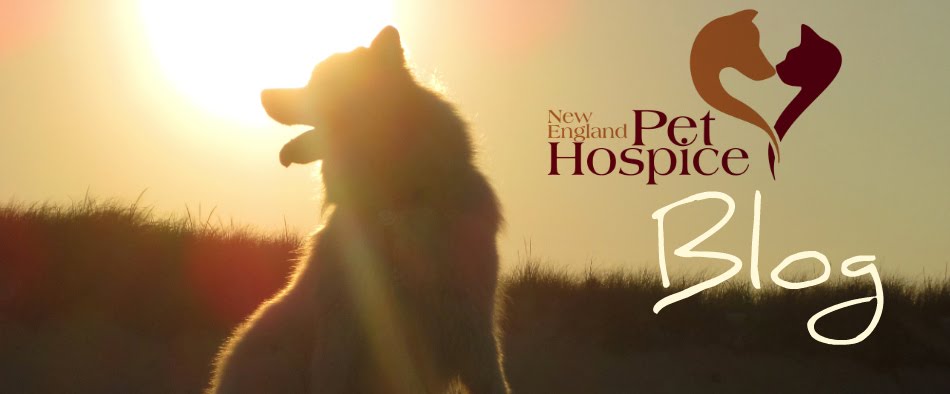Cesarean Section births are an incredible advancement in medicine, saving the lives of many women and their children. Our ability to offer these procedures safely have contributed a great deal to the decrease in mortality rates and complications in childbirth.
However, most everyone agrees that there are far too many c-sections being performed in our country today. The World Health Organization suggests that the "optimal" rate is 15% of all births, while natural birth advocates suggest that in healthy women, the rate should be 4-5%. In 2007, the US c-section rate reached a record high of 32% - almost a third of all births occur through c-section.
Theories abound on why this is happening, but many of them sound a lot like the reasons why our euthanasia rate for animals is close to 100%:
1. We don't have time or patience to wait out the natural unfolding of momentous times of transition. Birth and death often are messy, time consuming, undulating and frightening. We live in a world where things happen in moments. Can we sit for hours or days observing and participating in a process that is unfamiliar, physically and emotionally draining, and completely out of our control? Can we stop our lives to attend to them? Can we find care providers who are available when we need them for as long as we need them? Who don't have schedules to keep, a flurry of other patients and an economical model that favors predictability and expediency?
2. We don't trust our own bodies and our inherent knowledge of how to be born, give birth and die. Even in these most instinctual, natural processes, we turn to experts and strangers and believe they know more than we do. We have lost our belief and trust in our own inner wisdom and in the wisdom of our bodies to do exactly what they are meant to do - and have lost the belief that other beings whether human or animal have that capacity also.
3. We live in fear of the "what if" and we act in ways that we think will prevent later regret. What if my baby dies? What if my baby suffers oxygen depletion and has a terrible disability? What of my animal is in terrible pain and I am alone and don't know what to do? What if that tumor grows quickly and shatters the bone? What if, what if, what if. Followed closely with, "I could never live with that result" and "better to be safe than sorry." Many of the what-ifs, perhaps even most, will never happen. Others can be managed when and if they do. Those extreme cases where they cannot fall into the "ideal" percentage of births that actually do require c-section and some (as yet undefined) "ideal" percentage of animal deaths that actually require euthanasia. But they are not the majority.
The truth is: most babies can be born naturally without ill effects and most animals can die naturally without unfair or unnecessary pain and suffering - IF we can practice patience, have trust and control our fears, and find care providers who share those values with us.


No comments:
Post a Comment